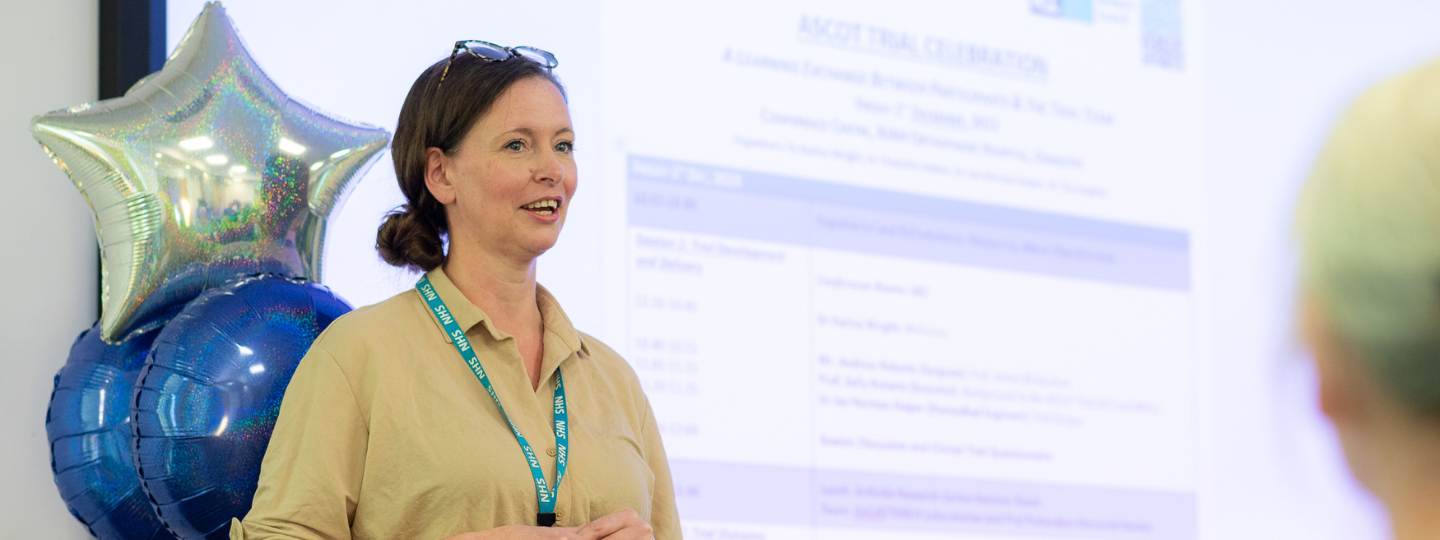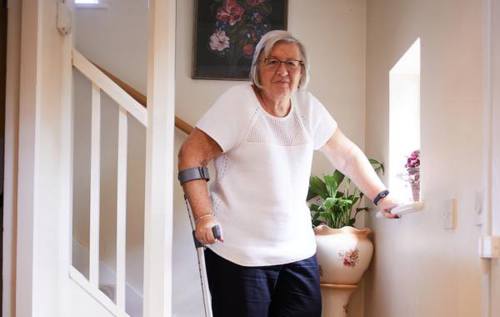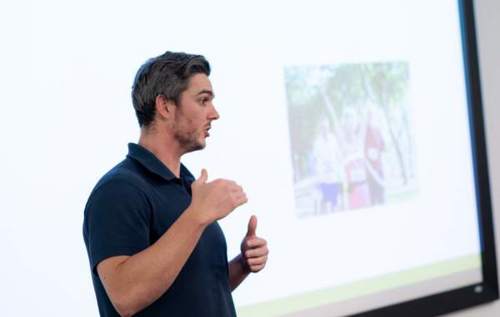Preventing osteoarthritis: Unlocking the potential of cell-based therapies
21 February 2024
 Osteoarthritis (OA) affects a staggering 10 million people across the UK, with around 350,000 people diagnosed each year — and likely many more who are undiagnosed.
Osteoarthritis (OA) affects a staggering 10 million people across the UK, with around 350,000 people diagnosed each year — and likely many more who are undiagnosed.
While our joints are made of complex living tissue that our bodies constantly repair and maintain, osteoarthritis occurs when our bodies can no longer do this effectively.
Joint replacement surgery can be a lifeline for many people living with osteoarthritis. But it’s often seen as a ‘last resort’ treatment that’s mainly offered to people living with severe osteoarthritis.
What is the ASCOT trial?
A key part of our Research Strategy focuses on prevention. This means we want to stop osteoarthritis early, before it becomes severe.
That’s why, since 2010, we’ve contributed over £500,000 to the ASCOT clinical trial. It’s exploring a revolutionary type of preventative osteoarthritis treatment called cell-based therapy.
We hope it will improve the lives of people living with early knee osteoarthritis or those who have a high risk of developing osteoarthritis following a cartilage injury.
Read more stories about our groundbreaking researchWhat is cell-based therapy?
Cells are the basic building blocks of living things. Different cells have different functions, such as encouraging the repair and replacement of damaged tissues. Cell based therapy is where we can use body cells to treat injury or disease.
What does the ASCOT trial hope to achieve?
In the ASCOT trial, the researchers are comparing different cell-based therapies. They want to know if certain types of cells are better than others at repairing damaged cartilage.
 The researchers offered this surgery to people who have damage to the joint cartilage in their knee or early osteoarthritis.
The researchers offered this surgery to people who have damage to the joint cartilage in their knee or early osteoarthritis.
The study is looking at three different types of therapies to find out which is the best. These include:
- ACI (or Autologous Chondrocyte Implantation). ACI involves the removal of a small sample of tissue from an individual’s joints. This tissue is then used to grow a fresh supply of cartilage cells in a laboratory. Around three weeks later, these cells are returned to the damaged area of the joint in another operation, where they form new cartilage. ACI is now available on the NHS. But it's only offered to specific patients, usually those with small areas of cartilage damage or early osteoarthritis.
- Taking stem cells from a patient, growing them in a laboratory and injecting them into joints where they may encourage the cartilage to heal itself.
- A type of treatment which combines these two therapies.
The study hopes to show the long-term outcomes of these treatments, so we can learn which one works best for people in preventing osteoarthritis and its worsening.
“This is an exciting area of research that could interrupt or even stop the progression of arthritis”
“We are hopeful that the results from the ASCOT trial will be used to inform the next set of recommendations to the NHS for cartilage cell therapies in the knee,” says Dr Karina Wright, Senior Lecturer in Orthopaedics and Tissue Engineering.
“[This will make] sure that the right patient can access the right treatment at the right time, to prevent arthritis progression, and reduce the number of people living with the condition.
The trial, based at Keele University and the Robert Jones and Agnes Hunt (RJAH) Hospital NHS Foundation Trust, recently completed its final surgery.
The researchers also hosted a celebration event, which gave people with arthritis the chance to give feedback, update on their condition and share how their follow-up physiotherapy was going.
Our funding has contributed to the only lab in the UK currently producing cartilage, and stem cells for cartilage generation.
Lauren’s Story
Lauren, 30, had a painful knee injury while playing tennis professionally. Later, she had ACI treatment as part of the ASCOT trial. Here she shares her story:
“I started playing tennis when I was about eight years’ old. I played everything from country level through to internationally. It was literally my full-time job. I wanted to play professionally.
I’d been having knee pain for a couple of weeks when the injury happened... I felt something pop in my knee and after that my knee started locking up. I couldn’t straighten it properly. I had lots of swelling, and it was very painful.
[My surgeon] suggested that an ACI was my best chance of getting back to sport at a high-level long-term and that’s when he mentioned the possibility of the ASCOT trial.
“The first operation went well. They cleared out my knee, ready to put the grown cells back in, in a later surgery. When I went for the second operation, it was a significantly bigger operation.
“The pain in my knee – once all the swelling and the pain from the operation itself went – had gone."
“Then I had rehab afterwards. I was on crutches for several months and in the gym... trying to get stronger.
“I previously had aching overnight that had stopped me from sleeping and that had all gone. After six-nine months I was back up and running. I’ve managed to get back to playing tournaments.
“Being involved in the research side of the ASCOT trial encouraged me to go into research myself, so I’m now doing a PHD in lower limb prosthetics [too].”
What is patient and public involvement and engagement (PPIE)?
What’s next?
In the future, the researchers want to explore:
- How we can predict pre-surgery whether someone will respond well to treatment.
- Whether we could use stem cells that aren’t from the patient’s own body.
- Whether, instead of needing surgery, that these cells could be injected. This would make it a simpler, cheaper, and less invasive process, that could help the NHS perform these treatments more widely in the future.
Thanks to our funding, many of the researchers from the ASCOT trial have taken huge steps forwards in their careers.
For instance, Dr Timothy Hopkins, who worked on the ASCOT trial to complete his PhD, has been awarded a Versus Arthritis Fellowship to advance his career. He is looking at how cartilage interacts with joint fluid with “organ-on-a-chip” technology.
But we’re not just stopping there.
On top of this, we provide vital funding to the Versus Arthritis Tissue Engineering and Regenerative Therapies Centre, which is led by the University of Cambridge.
This centre unites leading clinicians, engineers and biologists from across the UK with a simple goal: to regenerate fully functional and pain-free joints.
Learn more about our research achievements